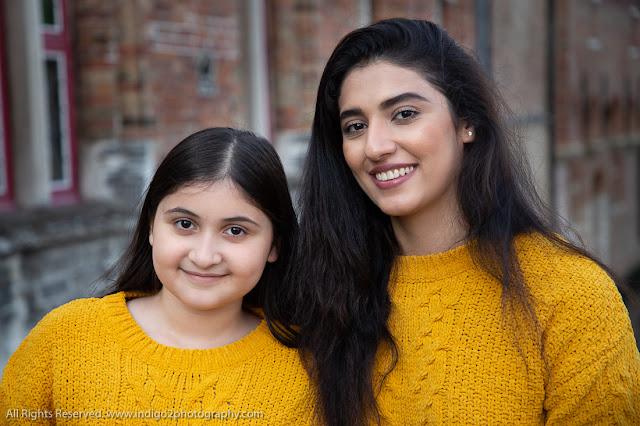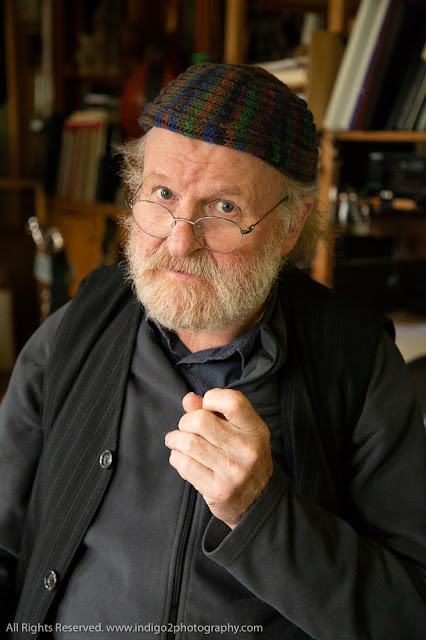How do you make a good photographic portrait? The answer is both simple and complex at the same time. The simple essence will probably surprise you.
If I had to write a book about it then I'd cover all the usual topics. Lighting, composition, choosing the right lens, using depth of field and thinking about the background and how you use colour and tone. All have a role to play.
We could also discuss the softer side. How you build rapport with your subject. And how to collaborate.
The truth is none of the above things really matter when it comes down to the essence of what makes a good portrait. Don't get me wrong. They all contribute as stepping stones. They add finesse and enhance. They improve the aesthetics and make it easier to take a good photograph. Other photographers may admire your technique. But good technique does not make a good portrait. Certainly not in the eyes of of the wider public.
So, what does make a good portrait. Simple. The expression on the face, in the hands and in the body language of the person you're photographing. Seeing their humanity. This is what we all relate too.
You can have all the camera gear in the world, be an expert in technique, photograph someone in an amazing environment but if people do not relate on a human, emotional level to your portrait, it will never be a really good portrait. The more people your portrait resonates with, where they recognise themselves, reflected back in shared humanity, the more powerful the portrait will be.
There you have it. The 'secret' to making a good portrait.
Comments welcome.
Till soon,
Paul
Follow me on Instagram https://www.instagram.com/paul.indigo/
If I had to write a book about it then I'd cover all the usual topics. Lighting, composition, choosing the right lens, using depth of field and thinking about the background and how you use colour and tone. All have a role to play.
We could also discuss the softer side. How you build rapport with your subject. And how to collaborate.
The truth is none of the above things really matter when it comes down to the essence of what makes a good portrait. Don't get me wrong. They all contribute as stepping stones. They add finesse and enhance. They improve the aesthetics and make it easier to take a good photograph. Other photographers may admire your technique. But good technique does not make a good portrait. Certainly not in the eyes of of the wider public.
So, what does make a good portrait. Simple. The expression on the face, in the hands and in the body language of the person you're photographing. Seeing their humanity. This is what we all relate too.
You can have all the camera gear in the world, be an expert in technique, photograph someone in an amazing environment but if people do not relate on a human, emotional level to your portrait, it will never be a really good portrait. The more people your portrait resonates with, where they recognise themselves, reflected back in shared humanity, the more powerful the portrait will be.
There you have it. The 'secret' to making a good portrait.
Comments welcome.
Till soon,
Paul
Follow me on Instagram https://www.instagram.com/paul.indigo/








Comments